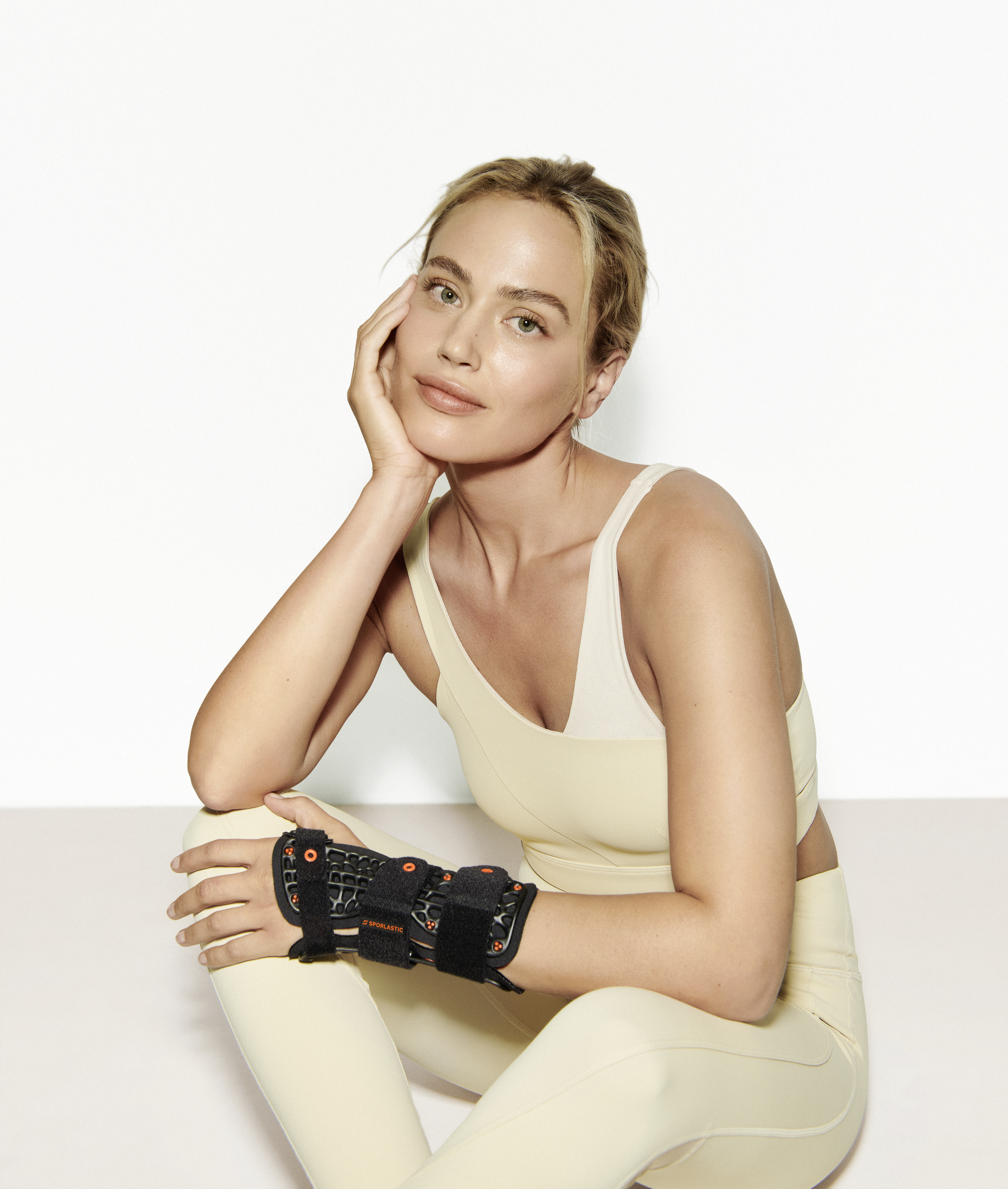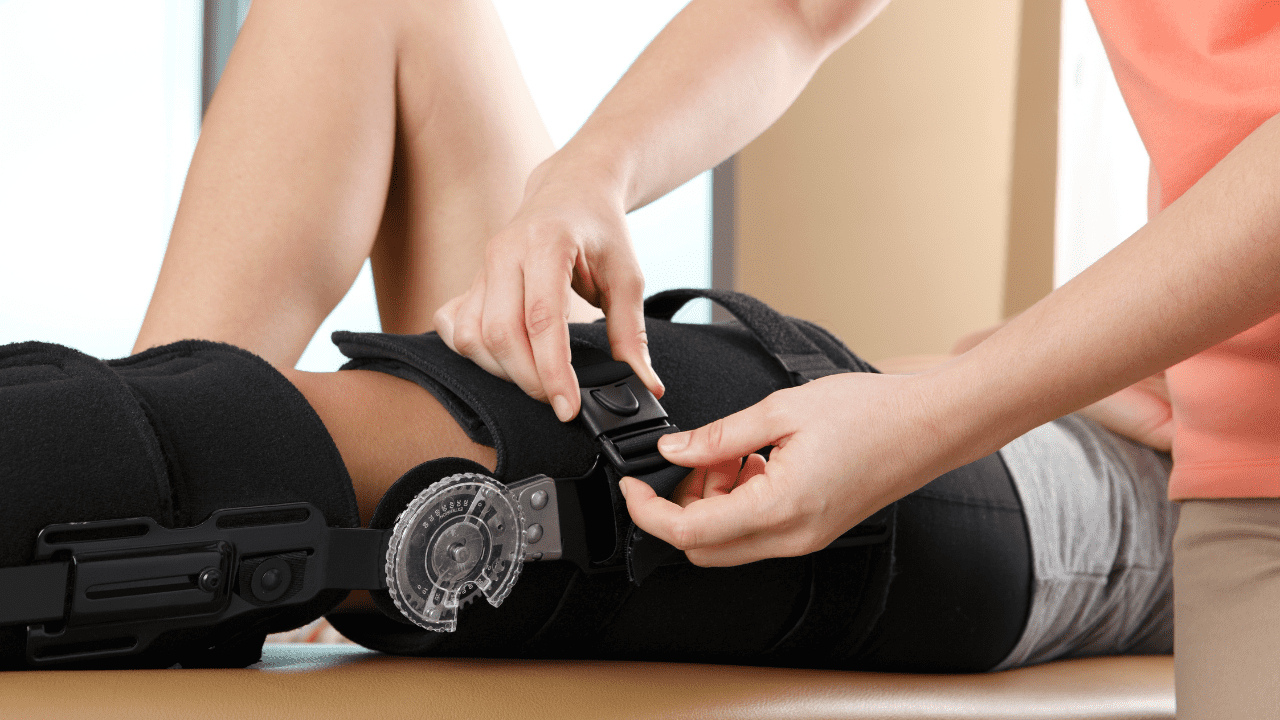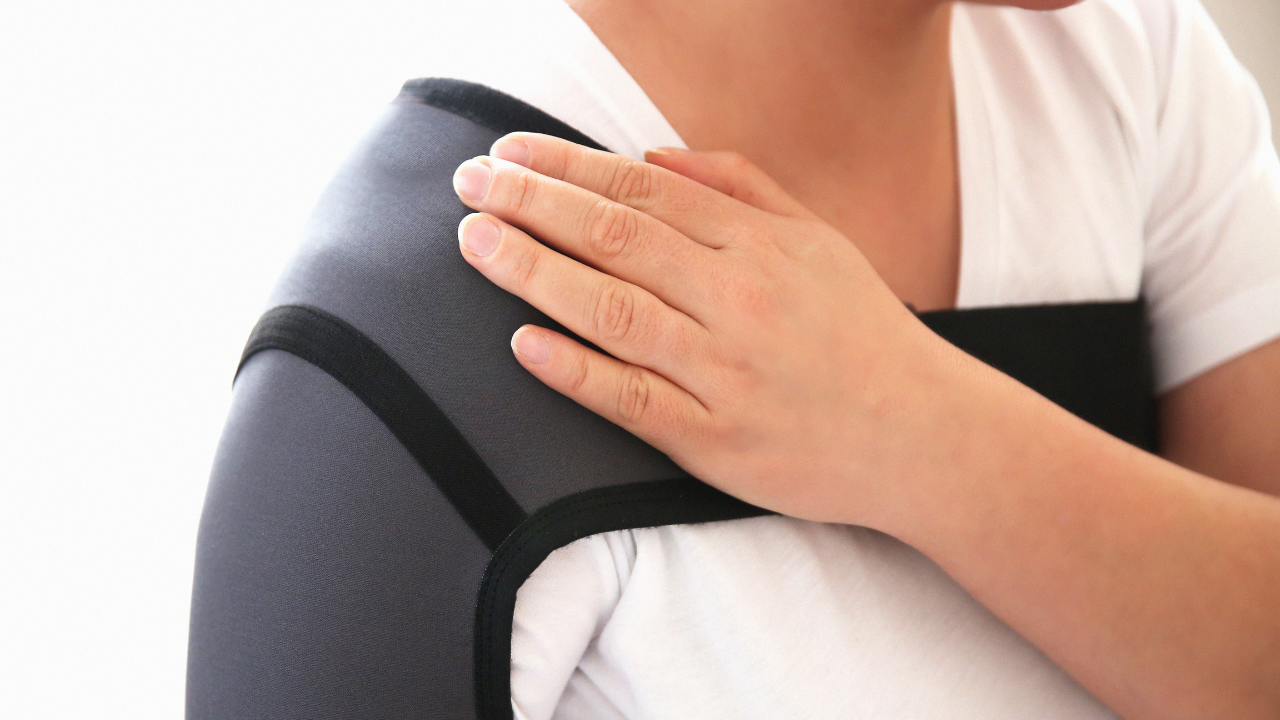Knee support is very important for those who are going through rehabilitation for an injury as well as prevention. Finding the best knee support is crucial as the type of brace can affect the stability, comfort, and mobility of the joint. In this article, we will assess the most important factors to consider when selecting the best knee brace.
When do you need a Knee Brace?
Knee supports are designed to provide stability and relieve pain in the affected joint. There are many different levels of support and types of braces on the market today. Some are designed for maximum support, and used for post-operative recovery, and others are to limit the risk of injury to the joint. When choosing the correct knee support, there are many factors you must consider in order to make sure the right product is selected.
1. What do you need a brace for?
The first step will always be to identify your specific needs and outcomes you wish to have by wearing the brace. There is a large range of conditions where a knee brace is helpful.
For injury recovery: If you require extra support due to a sprain, or strain on the structures in the knee which need surgical intervention you will need a brace with a high level of support. Hinged knee braces are usually best in these situations as they help guide the knee and restrict excessive motion. This will prevent further damage and promote healing.
For pain management: If you have a condition like arthritis or tendonitis, a compression style support is recommended. The compression will assist in draining excess fluid that can accumulate in the joint and reduce inflammation. With chronic conditions inflammation and pain are common, the compression will help manage the pain. These types of braces will also not limit the range of motion too much, allowing you to have mobility and support in one.
For prevention: Participants of high-impact sports can often benefit from a knee brace that is designed specifically for the prevention of injuries. An added layer of protection around the knee joint can limit the amount of strain placed on the knee during physical activity.
2. Types of knee braces
On the market today there are many different kinds of braces, all designed for specific indications and conditions. It is crucial is know the different types of braces in order to pick the best for you.
Knee support sleeve: This type is a lightweight option that adds compressive support to the joint. Most often used to manage swelling, and pain and promote blood flow to the area. These are slip-on products meaning manual dexterity of the hands is necessary in order to put it on.
Hinged knee brace: This is a higher level of support where there is a metal or plastic hinge on the medial and lateral sides of the brace. Hinged braces provide significant stability to the joint and are best for more serious conditions. Conditions where a high level of support is needed will respond best to these types of support.
Rigid frame braces: Rigid frame braces are best known for providing the highest level of stability and can restrict the range of motion in order to allow the joint to heal. Most of the time these devices are used after surgery, or when you need to offload the knee joint due to severe Osteoarthritis.
Patellar braces: These are a more specialized type of support as their main purpose is to support the knee cap. Common conditions that would require this brace include patellofemoral pain syndrome, patellar tendonitis, and a laterally tracking patella. Patellar supports are known for improving the alignment of the patella and its return to anatomical position.
3. Sizing and comfort
Comfort is very important when considering a knee support brace. If you are uncomfortable in the brace, you will be less likely to wear it, which can sometimes lead to further damage. Here are a few points to consider:
Size and Adjustability: For most knee supports you will need to take measurement of your leg. Most often it is one measurement of the thigh and another of the calf. Please make sure to check the size chart that would be provided by the company or on the website. Many companies have adjustable options if that would be a better fit for the individual.
Material: Depending on what you are using the brace for, the type of material can reflect how comfortable it is. Some people prefer a thicker material like Neoprene which is durable and provides great compression. Another option is elastin which also provides compression but is usually a bit more breathable.
Padding: Some knee supports contain silicone pads to add comfort to the brace. Padding around the patella is very common to provide added support and a massaging effect.
4. Levels of support
Mild support: Best for minor aches and pains that can be helped with a bit of added compression should use a mild support brace. These are also very good at preventing overuse injuries.
Moderate support: Best for recovery from acute injuries or dealing with instability in the knee. Simple hinged supports fall in this category. These braces will stabilize the knee with only minimal changes to the range of motion.
Maximum support: Best for recovering from surgery, ACL, PCL, or meniscal damage. Hinged braces and Rigid frame braces fall into this category. They will restrict movement heavily and can even be adjusted to limit the range of motion to a certain degree. Their main purpose is to assist in weight bearing as well as offload pressure on the joint.
5. Quality
You will want to make sure that the brace you get is a high-quality product. For Orthopedics,German-made braces are often top of the line. You will want to choose a reputable brand that carries a good range of products. Whenever looking for an Orthopedic device be sure to check if your insurance coverage will cover one, most of them do!
Overall, you will want to be sure that you get the best knee brace for your specific needs. Make sure to account for cost, type of brace, level of support, and the comfort of the product. These key factors will ensure you get the right brace for your needs!





Leave a comment
This site is protected by hCaptcha and the hCaptcha Privacy Policy and Terms of Service apply.